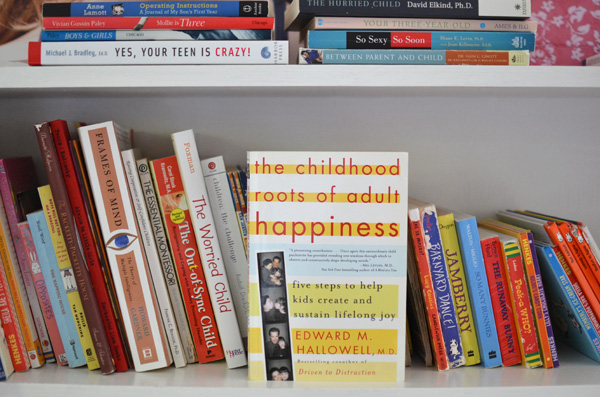
Today I want to share with you a book that I have read, re-read, dog-eared and scribbled side notes in for the past 10 years or longer. I am not getting paid for this post, it’s not a review. I just wanted to share a philosophy that has been my north star through almost all of my parenting years.
The book is called The Childhood Roots of Adult Happiness, and it is written by Edward M. Hallowell, MD. I first came across Ed Hallowell when my oldest daughter was attending this incredible early childhood school. She was about five at the time. The school was invited to participate in a lecture series, and Ed Hallowell was one of the speakers. The venue was packed. There were hundreds of eager moms and dads ready to soak up any parenting advice he could share. And he was so good. He was a relaxed speaker who told stories about his own childhood, and stories about his experiences as a child psychiatrist. He was funny, interesting, sincere, and we all hung on his every word.
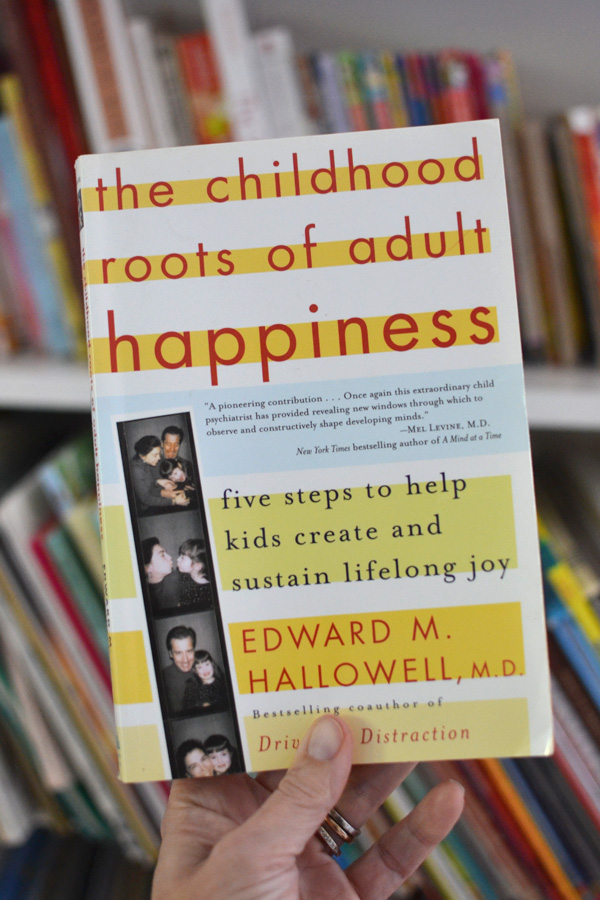
I bought his book and started reading it that night. I have a long history of devouring parenting and advice books (my latest find: Yes, Your Teenager is Crazy!) but this one was different. I had just met the author! He hooked me at the title of the first chapter, “What Do I Really Want for My Children”. Yes, Ed, tell me!! What do I want? He says it plainly, right there on page 2…
“…parents and teachers can greatly increase the chances that their children and students will grow up to be happy, responsible adults by instilling certain qualities that might not seem of paramount importance but in fact are — inner qualities such as optimism, playfulness, a can-do attitude, and connectedness…”
This was pretty revelatory for me at that moment. I had a daughter who was just entering kindergarten and she was my first. I definitely was thinking about reading and writing and math, and what should I do at home? and is she behind?, etc. Reading this one line written by an expert was so enlightening to me, it all just clicked. From that moment forward, life at home would never be about getting ahead, it would always be about creating joy and connectedness.
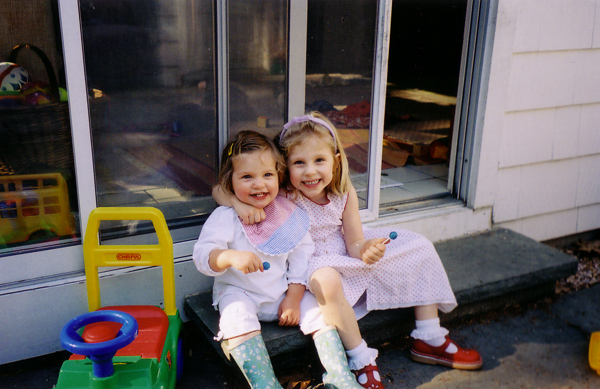
I eagerly read on into the night. In the chapter called, “Confident Can-Do Kids: Where Did They Come From?” I gleaned more nuggets of wisdom:
“…optimism in childhood is one of the chief variables that correlates with happiness in adulthood.” And then, “You can also teach optimism. You can model it yourself, and you can frequently make such statements as, ‘There is no problem that we as a team can’t solve.’ Such words may be lost on jaded adults but they sink in with children. And the more you believe that you can solve a problem, the more likely it is that you can and will.”
And so my new mantra became: Stay Optimistic!
Chapter 5 was the golden, juicy pear in the fruit bowl: Doctor Ed Hallowell’s five-step guide to the childhood roots of adult happiness. It’s all so simple to me now as I have put it into practice for years. I will try and paraphrase, but first I will tell you how I summed it up for myself…
Second new mantra: Indulge Their Curiosity!
You see, according to the cycle of five steps, part one is connectedness. My children had this already because they had loving parents and grandparents. (Sometimes kids aren’t as lucky, and this is when the importance of a coach or a teacher comes in.) Part two is play. I put a big checkmark here, too. My kids played night and day (and I had the messy house to prove it). Part three is practice. This was the part that was new to me. Did he mean, like practicing an instrument? Maybe. But more that that, I discovered that it meant practicing your “trade”, which for a child is their passion. It is what they are drawn to, where they experience flow. It could be an instrument, but it also could be riding a bike, or tending a garden. (It has to come from the child, though.) The practice leads to part four, mastery. And mastery leads you to the fifth part, which is recognition. Being recognized for doing something well, because you have practiced and mastered your craft, is what leads the child back to the beginning, back to the first and most important part. Hello, old friend, connectedness!
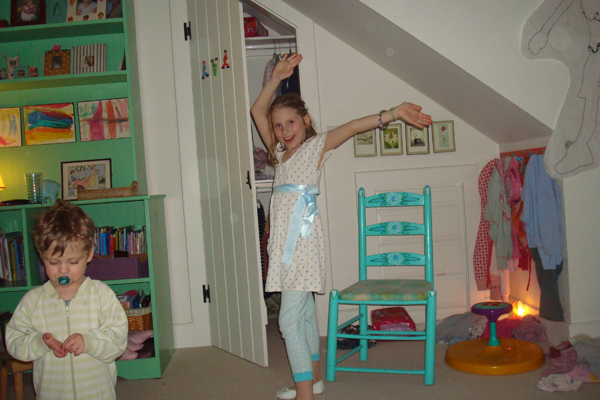
Here is what it looked like for my daughter: Indulge her curiosity, which was performing. Sign her up for classes, keep it fun. Over time, she practices and becomes better. She enjoys practicing, it makes her happy. One day she gets a compliment from her teacher, or from a family friend who has just watched her perform, or from her sister. She is recognized for her hard work. She is internally rewarded. She feels happy and connected to the people around her.
Boom! Happy childhood complete!
I am oversimplifying, of course. There are struggles and adversity along the way, there always are. But here is the fundamental reason why I practice the five steps…
“If you feel connected, you will always be able to deal with adversity.”
Are you blown away yet? Ed goes on to say:
” The skills we need to deal with adversity begin not with thoughts or instructions but with a feeling — a feeling of I can handle this. It is a feeling of No matter what happens, I can find a solution; a feeling of I have dealt with hard times and come out fine before; a feeling of Even when I feel lost, I always have somewhere to turn. You may call this feeling optimism; you may call it confidence; you may call it faith; you may call it hope. Whatever you call it, if you learn it young, you will probably never lose it. And if you do not learn it young, you probably never will.”
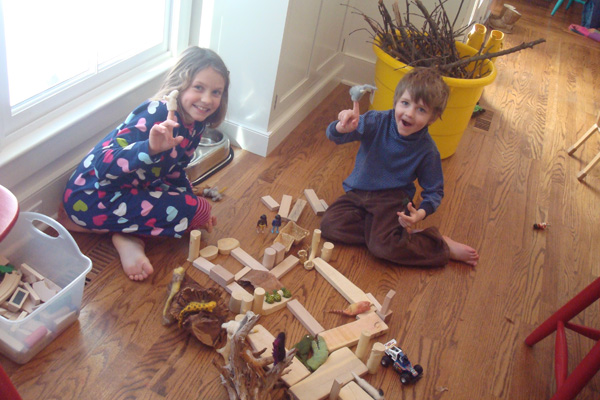
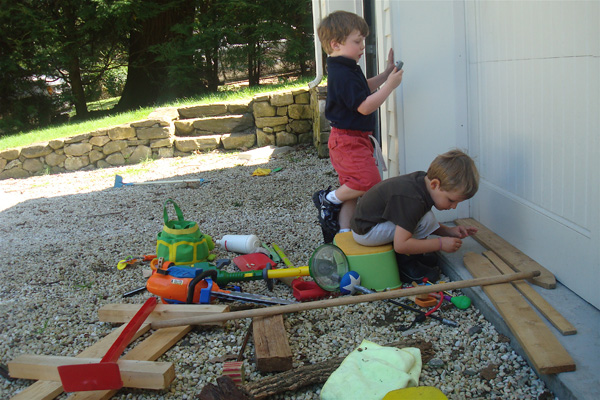
Did I mention all of this wisdom is just in the first third of the book? The rest of the book goes deeper into the five steps and what they look like. For me, though, at that point in my life with a five-year old and a one-year old at home, I was focused mainly on play. What exactly was the deeper value, and what could I do to facilitate their play even more?
On page 106, Dr. Hallowell says this:
” The skill of play, of being able to make creative use of time no matter where you are or what you are doing, is the skill that lies behind all discoveries, all advances, all creative activity. If you can play, you will always have a chance to be happy and to do something great.”
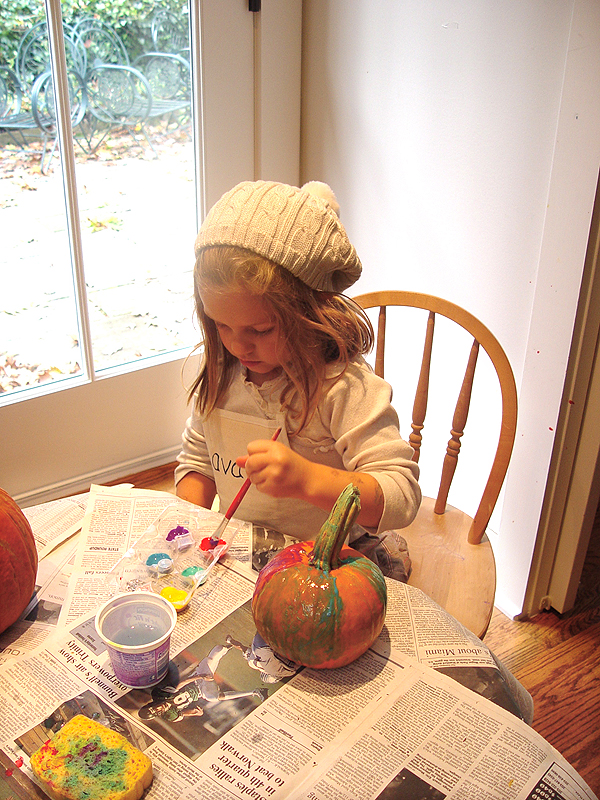
For me, they key word was creative. I was already very into art. I was an art major in college, and a graphic designer by trade. I definitely put out art supplies for my daughters every once in a while, but was I really providing them with the full artistic experience? I was not. I honestly think I was too afraid of the mess. We had very little space in our house at the time, and I didn’t make it a priority. But reading this book created a change in me that forever impacted our lives. I decided to make a dedicated art area. I bought new supplies, I organized them on shelves, and I began to leave out simple invitations. Sometimes it would be some watercolor paints and paper, other times play dough and some plastic tools. They were opportunities for my girls to express themselves in a different language, and it was an opportunity to play.
One of Dr. Hallowell’s more famous quotes is this one:
” In childhood, talent usually shows up in play. If you want to find out what your child might have a gift for, look at her play.”
My girls both were (and still are) passionate about performing. They would sing and dance all day when they were kids (still do). Even though they grew up with art every day, it was never their passion. But now that they are teenagers, I can fully appreciate and understand why I continued to set out tables full of art materials and invite them to create. It was my way to connect with them. It’s hard to predict what they will remember from their childhood when they are adults, but I do know that it will be more of a feeling than of concrete events. That feeling of being loved unconditionally, of being able to express themselves without judgment, of having a voice within a family, of being recognized for their hard work and their talents. All of this is to say, I know they will carry with them a feeling of joy.
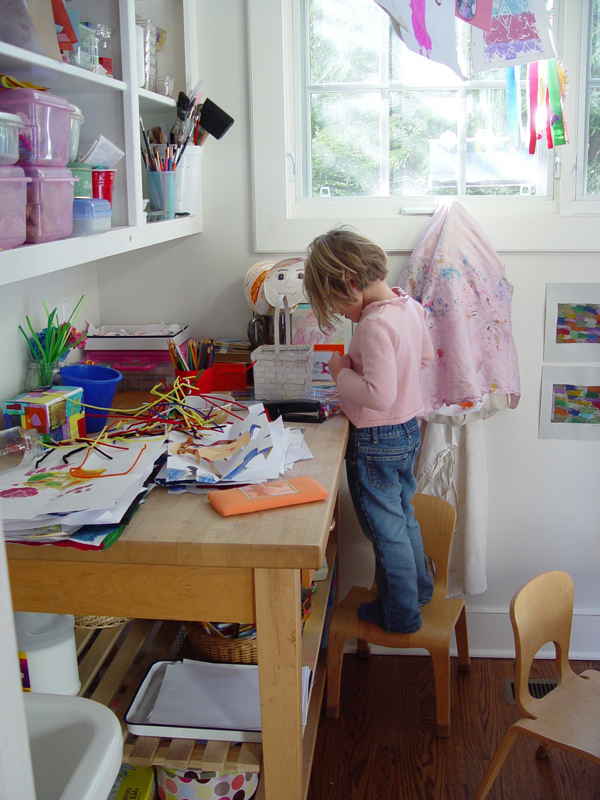
One last, poignant quote from the book is this:
” The best preparation for dealing with intense pressure in adult life, for actually enjoying pressure in adult life, is not subjecting a child to pressure before he or she is ready. Just the opposite. It is giving him or her the chance to develop the muscles of confidence, optimism, and hope, which can only be built slowly, on a unique, lazy summer morning we call childhood.”
My philosophy on parenting is this: Stay optimistic, indulge their curiosity, let them play, invite them to create, encourage their voice, and always end the day with connection.
Thank you, Ed Hallowell, for laying the groundwork.
xo, Bar
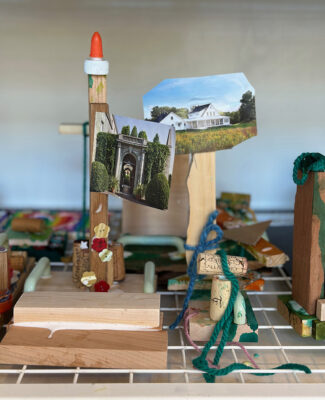
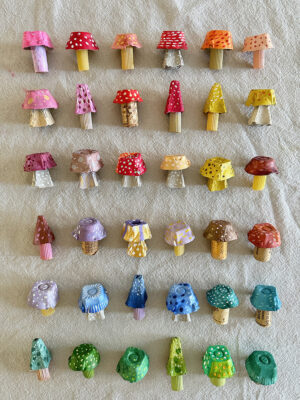
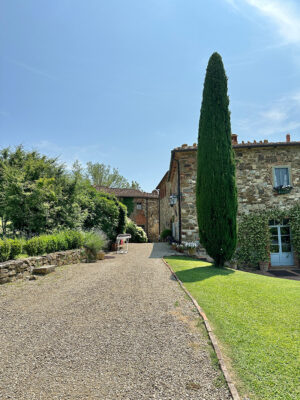

Bar,
This post just gave me chills.. in a good way of course. Everything you’ve written about being a mother, is me to the core. Granted I’ve had my children in Montessori, there is always that feeling that I could be doing more with them. It’s especially more difficult to keep the connection going as they get older and they become more involved in their own activities. I suppose I just have to keep it simple and do the best I can. Thanks for writing this! xo Marina
Marina, thank you so much for leaving a comment. my three went to Montessori as well and I actually felt great about that in their early childhood. I loved that choice-based environment. and yes, as they get older we spend less and less time with them. that’s why I cherish the small moments, like riding in the car with them or when we are eating a meal together, or helping with homework. those chances at talking and connecting are so important, and precious. you’re doing great!! i’m really happy this post struck a chord and the we share a philosophy. xo bar
I always love your posts about parenting! I’ve always had a “less is more” approach as far as structured activities and made sure my kids have plenty of time to figure out what to do on their own, but it was mostly instinct, rather than a strategy with a desired outcome. Looking forward to picking up this book!
Hi Amy, thank you!! I live and love the less-is-more approach. I will admit it takes practice to let my kids always figure things out for themselves, it took me years to get to that place of trust. That’s why the “invitations” to create were so important because there was no “me” in that scenario. I would just lay it out and they could come and stay and make and invent and experiment all on their own. It’s worked well for us, my kids are pretty good at finding solutions to life’s problems. Thank you for leaving a comment!! xo bar
Just “discovered” your blog while searching for kid friendly Christmas ornaments. Thank you for this post and several others. I’ve got a 4-yr old and 4 mo old. Your post is catching me at a difficult point of deciding if the eldest should continue daily preschool plus aftercare. It’s a so called “break” that feels like more effort than it’s worth. Staying home and playing and make believing is hard but fun. Yes, I get frustrated but I also get to laugh. A lot.
I worry about many things regarding my eldest not continuing with preschool. The biggest worry is that she’ll be bored, spend too much time on the iPad, and not get enough stimulation (cause watching shows is downright boring for me).
With your blog, I’ve now got a world of art projects to do with her. Maybe that and some other activities can get us through the winter until spring when we can do more outside explorations.
So thank you again.
Hi Tamara, thank you so much for leaving a comment! I usually write back once a week so I’m sorry this has taken a while. I can’t tell you how much your words mean to me, especially knowing that my blog post inspired you just even a teensy bit. I don’t know what the answer is to keeping your daughter home, versus bringing her to preschool. I know how you feel, though. Sometimes getting them there is such an effort. Does she like it there? Can you do part time? Even one or two days per week where you know she is being stimulated, and you can rest with the baby, might be nice. On the other hand, if she is not happy there and just gives you heartache when you take her, then keeping her home would be a relief and a welcome. I was once in your exact position. I had a new baby and a 4yr old who was starting preschool. She hated it and cried every time I dropped her, but it was only 2 days for 3 hours, so I justified it as “breaking her in” to school. In hindsight, she and I would have been happier just staying home together! But when I had my third child, and my second was now 4, I sent her to daycare all day for 3 days a week. She was a much more social and outgoing child than my first, and she and I both benefitted from her being away and with other children. If you do decide to keep her home, hop on my mailing list to get some ideas periodically. Definitely try and set up “stations” in your house. A doll station, puzzle station, reading nook, art table, kitchen area. She could make the rounds by herself to give you time with the baby. The best thing I did when my kids were home was spend 10 minutes at night setting up some new “invitations” to play and create. Not every night, but when I felt that they had had enough of a certain toy or art material. You can do it!! Best of luck!! xo Bar